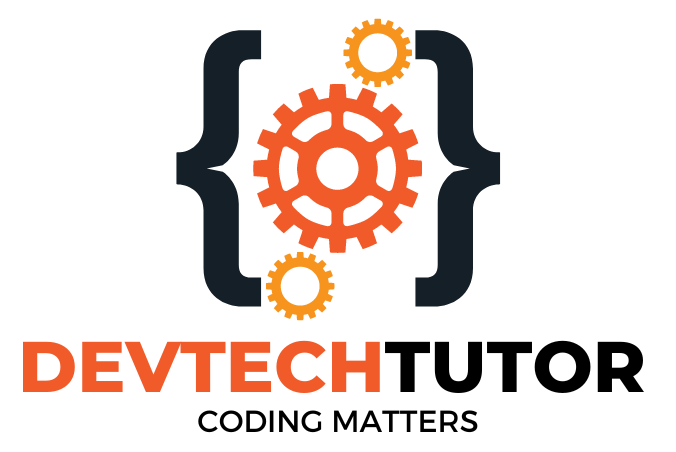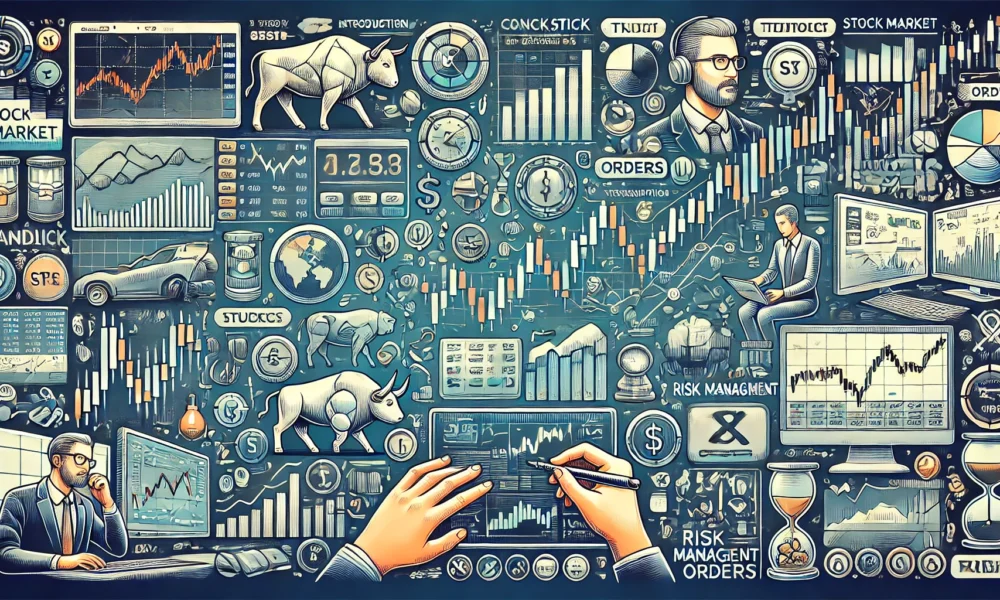Welcome to Day 2 of our Comprehensive Trading Bootcamp. Today, we’ll dive deep into the essential trading terminology and concepts. By the end of this session, you’ll have a solid understanding of the language of the financial markets, enabling you to communicate effectively and make informed decisions.
What is Trading Terminology?
Trading terminology consists of specific words and phrases used in the financial markets to describe various trading activities, market conditions, and financial instruments. Mastering this terminology is crucial for anyone serious about trading.
Key Trading Terms and Concepts
1. Bull Market
A bull market refers to a market condition where prices are rising or are expected to rise. It’s characterized by optimism, investor confidence, and expectations that strong results will continue.
Example: In a bull market, you might notice an increase in stock prices across various sectors, indicating overall economic growth and investor confidence.
2. Bear Market
A bear market is the opposite of a bull market, characterized by falling prices and a general sense of pessimism. Investors expect prices to continue falling.
Example: During the 2008 financial crisis, the stock market experienced a severe bear market, with prices plummeting across the board.
3. Volatility
Volatility refers to the degree of variation in trading prices over a certain period. High volatility means significant price swings, while low volatility indicates steadier prices.
Example: Cryptocurrencies like Bitcoin are known for their high volatility, with prices sometimes fluctuating by thousands of dollars in a single day.
4. Liquidity
Liquidity measures how quickly and easily an asset can be converted into cash without affecting its price. High liquidity means assets can be bought or sold quickly.
Example: Major stocks like Apple and Microsoft have high liquidity, allowing traders to buy and sell shares quickly.
5. Market Order
A market order is an order to buy or sell an asset immediately at the current market price. It’s the most straightforward type of order.
Example: If you place a market order to buy 100 shares of Amazon, your order will be executed at the best available price at that moment.
6. Limit Order
A limit order is an order to buy or sell an asset at a specific price or better. It gives you more control over the price at which your order is executed.
Example: If you place a limit order to buy Tesla shares at $600, your order will only be executed if the price drops to $600 or lower.
7. Stop-Loss Order
A stop-loss order is designed to limit an investor’s loss on a position by selling the asset when it reaches a certain price.
Example: If you own shares of Google and set a stop-loss order at $2500, your shares will be sold if the price falls to $2500, protecting you from further losses.
8. Leverage
Leverage involves borrowing funds to increase the potential return of an investment. It amplifies both gains and losses.
Example: Using 2:1 leverage, if you invest $10,000 in a stock, you can control $20,000 worth of shares, potentially doubling your gains or losses.
9. Margin
Margin is the amount of money a trader needs to deposit with a broker to cover potential losses. It’s often used in leveraged trading.
Example: If you’re trading with a margin account and want to buy $10,000 worth of shares with 50% margin, you only need to deposit $5,000.
10. Diversification
Diversification is a risk management strategy that involves spreading investments across various assets to reduce exposure to any single asset or risk.
Example: A diversified portfolio might include stocks, bonds, and cryptocurrencies to balance risk and reward.
Conclusion
Understanding these key trading terms and concepts is fundamental to becoming a successful trader. Each term represents a building block in the complex world of trading, and mastering them will enhance your ability to analyze markets and make informed decisions.
As you continue your journey in this bootcamp, keep these concepts in mind, and don’t hesitate to revisit them as needed. Tomorrow, we’ll delve deeper into trading platforms and tools, exploring the various resources available to traders.











